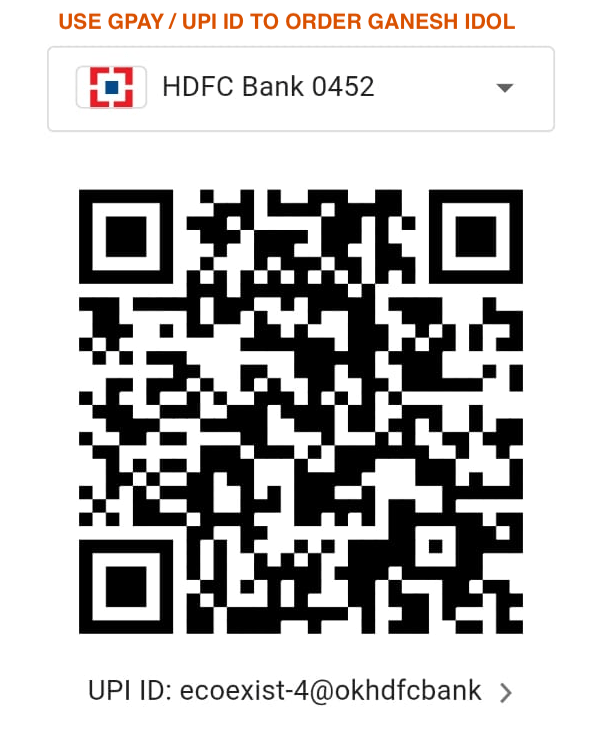Do you remember a life before plastic bags? I am twenty years old and live in the UK. Plastic is everywhere, and I certainly don’t remember a time before plastic bags. Today, you are almost guaranteed to be offered a bag at checkout. Although some retailers have moved towards paper bags, the majority use plastic.
With plastic bags so prevalent today, picturing a shopping experience without them is a challenge. I decided to ask my mum and granny what they used to transport the shopping before plastic bags were available.
They told me that food was often delivered by bike or car in cardboard boxes or crates to the home. Today, some people have milk delivered to their door in glass bottles, which can be collected and reused. My mum remembers bread and other food being delivered with the milk. Meat was wrapped in wax paper or even just newspaper. Loose goods, such as raisins, were weighed and put into paper bags. Food like potatoes were weighed and poured straight into the shopper’s own bags they had brought from home. Others remember food being prepared at the store. Bacon was cut there and then. Slabs of butter were cut and served. The shopping experience seemed far more personal before plastic bags, where consumers had more choice of the quantity of food they purchased. A combination of having food delivered straight to the door and going to small shops meant that my granny could carry all her food home in manageable trips with her own bag.
There is nothing starkly different between life today and life before plastic bags. It seems our demands for ultimate convenience have made the idea of living without plastic bags impossible, when in reality it is easily achievable. After all, people clearly survived before their introduction!
Here are a few other stories from around the world telling us what life was like before the infamous plastic bag:
New Zealand
"Jan’s parents had a grocery shop. Apparently, it was the first self-serve shop in Christchurch. I asked her about what she remembered about the shop before plastic. Goods like raisins arrived in big sacks and there was a weighing room at the back of the shop where they were repackaged into paper bags. Ernest Adams sponges arrived in huge slabs packed in cardboard boxes. The boxes were fastened with a thin metal wire, in the days before blue plastic tape. She remembers her mother cutting the wire with pliers. Like me, Jan doesn’t remember when things changed just what they were before they changed. A lot of people ordered their groceries by phone or sent in a note and the pieces of paper with the orders were stuck on a spike. The groceries were packed in cardboard boxes and delivered by van. Her father kept all the boxes that arrived to pack grocery orders into. Customers who came into the shop brought their own cloth shopping bags with them."
Turkey
"My father tells stories of how he used to make paper bags from olds newspapers when he was a child helping in his father's store, although I never saw paper bags made from newspapers and couldn't find any pictures of it online. Another thing that was used in farmers markets was mesh bags. My grandmother told about using these also. Something like a woven basket but much, much dirtier due to previous multiple usages. It was a traditional market so it was supposed to be dirty anyway. If my mother shopped more than the bag could carry, the seller/vendor would produce woven bamboo bag. Usually, there was a specialized seller who produced this kind of disposable environmentally friendly bamboo bag."
United Kingdom
"When I was a kid you had to take your own shopping basket or bag to the shops. Greengrocers only gave out paper bags and would tip the potatoes straight into your shopping bag from the scales. Meat from the butcher was wrapped in waxed paper and that would be the last bit of shopping you did so the meat didn't drip on everything."
"Butter would be underneath a glass case on the counter and when you bought it the shopkeeper would use two wooden paddles to create a butter pat and often would make fancy shapes of the block. Waxed paper bags and paper carrier bags were common - none of this plastic bubble to keep meat in or mountains of wrapping when you bought something."
"My mum used to have two shopping bags, one was for greengrocery, one for other things like bread, the greengrocer used to tip the potatoes in loose and you had to hold the bag open, tomatoes and apples used to be put in a little brown paper bag twisted at the corners and bread used to be wrapped in thin tissue like paper so it went in the other bag. Meat was wrapped in plain newsprint and used to have blood leaking through it by the time you got home. Bacon didn't have water added to it and you could have as many or as few rashers as you wanted, they were sliced on the spot."
My mum told me that her grandma had kept her first plastic bag in a suitcase in her room. She continued to do so every time she received one, because they were so unusual. Maybe we can make plastic bags unusual again by always bringing our own reusable bags to the shop. I hope so!
Author: Rachel Bromley


